A guide to sustainable, practicle living
Sustainable management of the temperature of your rental house helps the earth as well as your pocket book. Without breaking the budget, this book looks at doable methods renters can make comfortable living quarters year-round while lowering energy use, honoring lease agreements, and limiting environmental effect.
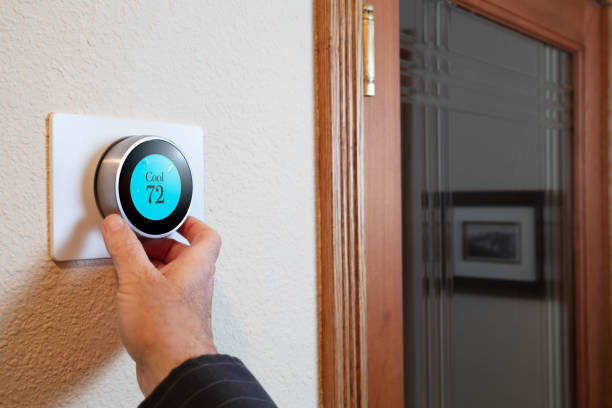
Why Does Temperature Control Matter?
Although your quality of life directly depends on the comfort of your living environment, many renters ignore the need of sustainable temperature control. Beyond simple comfort, keeping suitable indoor temperatures is quite important for preserving your health, furniture, and rental’s structural integrity.
Particularly in susceptible groups like the elderly or small children, insufficient heating in very cold climes can cause major health hazards including hypothermia. Insufficient control of temperature might disturb sleep patterns and raise stress, therefore compromising your mental health. Your house’s physical construction is likewise vulnerable; pipes might freeze and burst, resulting in costly water damage perhaps uncovered by renter’s insurance.
Cold, insufficiently heated environments also provide condensation’s breeding ground, which causes mold development. This compromises the property as well as causes allergic reactions and respiratory problems. Moreover, drafty areas push heating systems to work harder, which causes energy consumption surges that inflates your power bills and raises your carbon footprint.
There are certain difficulties in humid surroundings as well. Too much moisture provides ideal environment for mildew and mold to flourish on walls, furniture, even clothes. Improper dehumidification and cooling can cause aggravation of allergies, asthma flare-ups, and other respiratory conditions. Not exempt either are your furniture, books, and electronics; high humidity can distort wooden surfaces, ruin paper products, and corrode electronic components.
Both times, the financial influence goes beyond just utility expenses. Active, sustainable temperature control is not only a practical need but also a means of addressing medical expenses from health difficulties, replacement costs for damaged goods, and even confrontations with landlords over property damage.
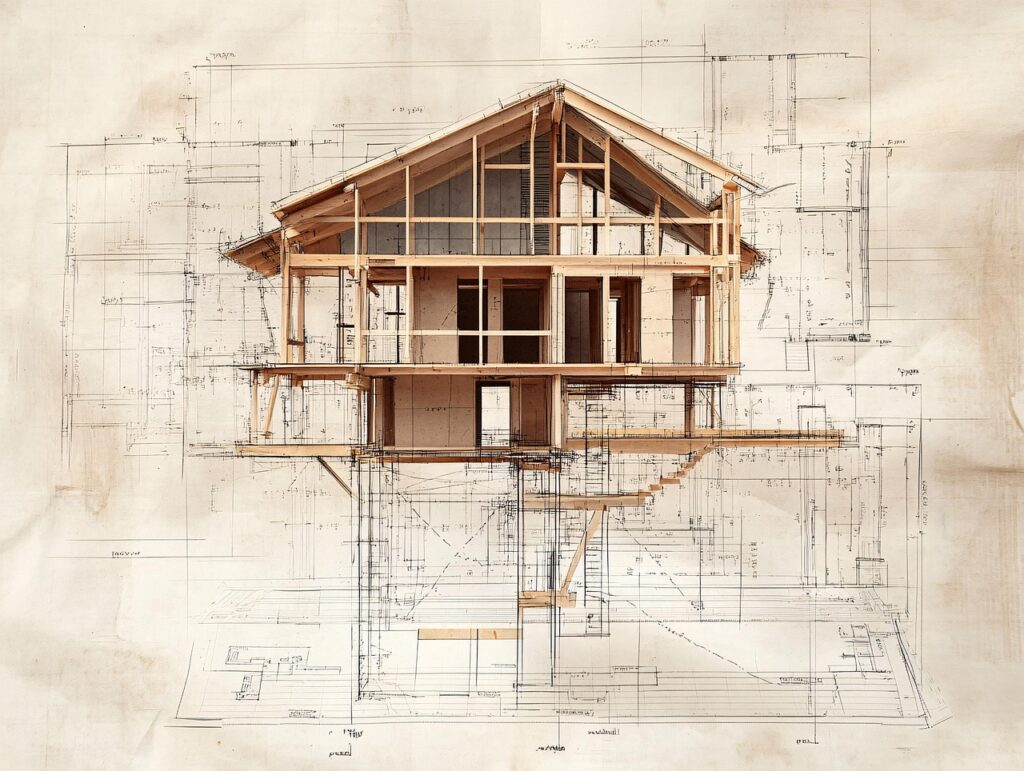
Knowing Your Residential Area
Spend some time learning about the special qualities of your rental before putting any temperature control plans into effect. To find trouble, start with a basic do-it-yourself energy audit. Feel for drafts near windows, doors, and electrical outlets as you walk about your home. Note rooms that seem to be always warmer or cooler than others; these temperature differences can expose air leakage or insulation problems.
Review historical electricity bills to see your energy usage trends and search for seasonal increases suggesting inefficiency. Many utility suppliers provide free online tools that divide consumption by time of day and let you compare your usage to that of like homes. This information offers insightful analysis of when and where you most use your energy.
Know your heating and cooling systems. Find air vents and filters, note the kind of HVAC system you have, and learn how your thermostat operates. Once you know how older systems work, even renting using them can gain from best use patterns.
Orientation of your rental and surroundings influence temperature control as well. South-facing windows get more sunshine, which could cause unwelcome summer heat but also useful warmth in winter. While nearby buildings could impede cooling breezes or create wind tunnels, nearby trees can naturally shade you. See how these elements vary with seasons to project temperature swings.
Developing this baseline knowledge will help you to apply focused, successful solutions instead of generic ones that might not meet your particular requirements.
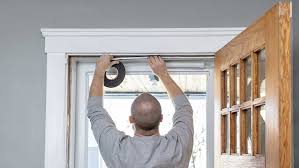
“No-Permission Required” Changes
One of the biggest benefits of sustainable temperature control is that many sensible changes don’t call for landlord permission. While lowering energy use, these reversible, non-permanent remedies can greatly increase comfort.
Starting from the easiest is weatherproofing. Cheap door draft stoppers, sometimes known as door snakes, prevents chilly air from seeping under outside doors. By sealing cracks around windows and doors, adhesive weatherstripping tape stops air leakage without damaging frames. Removable caulk materials form seasonal sealants for windows that pull away cleanly when not needed.
Two purposes are served by window coverings in temperature control. In winter, thermal curtains include insulating layers help to retain heat; in summer, they limit sun gain. Honeycomb or cellular blinds produce insulating air spaces. Reflective window films placed to sun-facing windows can cut heat gain by up to 70% while still allowing natural light, and they remove neatly at the end of the season.
Not always does smart temperature control call for costly equipment. Working with current baseboard heaters or window air conditioners, plug-in programmable thermostats provide automated temperature changes without changing built-in equipment. By automatically lowering heating or cooling when you sleep or away, these portable devices help cut energy usage.
Designing temperature zones inside your house enhances effectiveness. Shut doors to empty rooms, concentrate heating or cooling in inhabited spaces. Installed with tension rods that don’t damage ceilings, ceiling fans efficiently move air, therefore cooling rooms in summer and distributing warm air rising to the ceiling in winter.
Portable, energy-efficient appliances provide targeted comfort for spot heating and cooling. Modern space heaters with tip-over protection, timers, and eco-friendly settings offer focused warmth without over heating areas. Likewise, although efficiently chilling arid regions, evaporative coolers run significantly less power than air conditioners. Energy Star rated dehumidifiers remove moisture from humid environments, therefore cooling the rooms and stopping mold growth.
These tweaks immediately improve things without compromising your security deposit. Smart investments for long-term renters, they can accompany you to future rentals.
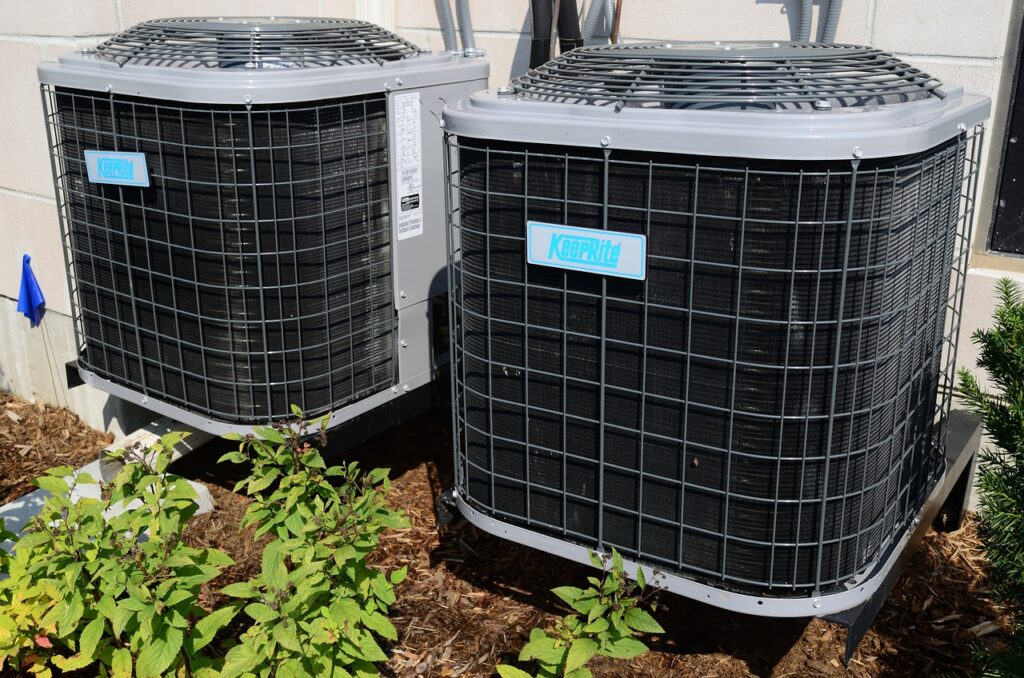
Changes in Landlord-Approval
While many temperature control changes can be done on your own, some more significant ones call for landlord permission. Successful discussions result from knowing which modifications call for authorization and how best to explain their advantages.
Generally, any change that permanently changes the property’s construction calls for permission. This covers building built-in programmable thermostats, adding insulation to walls or attics, replacing windows or window components, putting permanent weatherstripping, or changing ventilation systems. Furthermore take into account that many landlords value knowing about these upgrades even though ceiling fans placed using non-permanent techniques do not officially change the building.
Approach your landlord about possible upgrades, and frame the discussion in terms of reciprocal gains. Rather than concentrating just on your comfort, stress how energy-efficient improvements improve property value, guard against structural damage from dampness or severe temperatures, and increase the appeal of the unit to next occupants. Many upgrades actually stop expensive repairs, such moisture damage in humid situations or frozen pipes in winter.
Create a basic cost-benefit study illustrating the possible energy savings against installation expenses. Programmable thermostats, for instance, usually pay for themselves inside a year by lowering energy consumption. If appropriate, suggest leaving useful installations in place when you move away or offer to help pay for enhancements.
If you offer details on possible rebates, tax incentives, or utility company programs that help with energy-efficient upgrades, some landlords might be more open. Many utilities provide free or subsidized services especially for rental homes, which can help to reduce landlord costs and maximize property enhancements.
Instead of nebulous demands, be ready with particular, documented proposals. A message like “The windows are drafty” is less effective than “I’ve noticed significant air leakage around the living room windows that’s increasing heating costs. Would you consider allowing me to install permanent weatherstripping to protect the property and reduce energy use? I have investigated options that would cost roughly $45 and could save an estimated $200 yearly in heating costs.”
Recall that professionally built, compliant with building codes, and free from future maintenance concerns alterations are more likely approved by landlords. When you approach these discussions carefully, you create win-win situations that raise the value of the property and better your living situation.
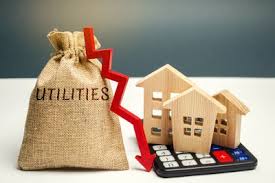
Techniques for Minimizing Utility Bills
Minimizing utility bills calls for both strategic technological utilization and behavioral changes. Look closely at your energy bills first to spot usage trends. Most utility accounts illustrate when you use most the energy by separating consumption over time. This data guides targeted high-consumption activities for change.
Many energy companies use time-of- usage pricing, charging premium rates during peak demand hours—usually weekday afternoons and early evenings—and providing discounted rates during off-peak hours. Without altering your actual energy consumption, moving energy-intensive chores like laundry, dishwashing, or charging electronics to these off-peak hours will greatly cut expenditures. The easiest route to savings is found in temperature controls. Every degree you change your thermostat—lowering it in winter or raising it in summer—you can save 1-3% on energy bills. Setting your thermostat to 68°F when home and awake in winter will help to cut heating costs by up to 10%; then, when sleeping or gone, decrease it by 7-10 degrees. Maintaining interior temperatures around 78°F at home and higher elsewhere in summer helps to save similarly.
Strategic use of fans lets you stay comfortable at higher thermostat settings. With little energy use, ceiling fans produce a wind-chill effect that cools rooms 4-6 degrees. Particularly in cooler morning and evening hours, window fans can be rather successful in producing cross-ventilation. During costly peak hours, this natural cooling helps to lower air conditioner consumption.
The perceived comfort depends much on humidity control. While running less electricity than air conditioners, dehumidifiers in humid locations help to make higher temperatures feel pleasant. On the other hand, keeping some humidity helps you feel comfortable at lower thermostat temperatures during dry winter. Using energy you already use, simple fixes like drying clothes on racks indoors during winter add humidity and heat to your home.
Low-cost technologies can improve these plans of action. Energy-monitoring smart plugs detect individual appliance use, therefore enabling the identification of energy hogs. Simple plug-in thermal sensors let you know when temperatures change, maybe pointing out insulation issues or air leaks. Many utility companies provide free in-home energy assessments or even free energy monitoring equipment with customized advice.
Many times, community resources go unrealized. Many towns provide free weatherizing services, incentives for energy-efficient equipment especially for renters, or energy assistance programs. Local libraries routinely loan kill-a-watt meters and energy monitoring tools to assist pinpoint wasteful appliances. Some groups even set up “energy co-ops,” in which neighbors share portable air conditioners or dehumidifiers, therefore lowering individual costs.
Many tenants find utility savings of 20–30% by combining these strategies without major lifestyle changes or costly additions. Through lower energy use, these reductions not only save monthly costs but also diminish environmental effect.
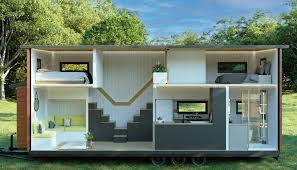
Sustainable Practices Beyond Control of Temperature
One element of designing an energy-efficient rental is temperature control. While still lowering environmental impact and utility costs, complementary activities can improve comfort.
Usually representing around 18% of household energy consumption, water heating is a top priority for saving. While still producing comfortable hot water, lowering your water heater temperature to 120°F helps to save energy. Low-flow showerheads and faucet aerators cut hot water consumption without appreciably changing water pressure. Shorter showers, cold water laundry, and only running full loads in dishwashers and washing machines help to further lower hot water usage by simple behaviors.
Lighting decisions affect heat generation as much as energy use. While producing less heat and hence lowering summer cooling demand, LED lamps use up to 90% less energy than incandescent bulbs. Strategic lamp placement offers concentrated light where needed instead of unnecessarily lighting whole spaces. Reducing artificial lighting consumption and offering psychological advantages, natural light optimization—keeping windows clean and arranging furniture to maximize daylight—reduces
Beyond models that are energy-efficient, appliance management covers When somewhat full, refrigerators run most effectively since food items keep cold better than empty space. Keeping them away from direct sunshine or ovens lowers their labor burden. Likewise, excellent airflow around the cooling coils helps to minimize overworking. Matching pot sizes to burner components helps to limit waste of heat in cooking; using lids lowers cooking time and energy consumption.
Including plants into your house naturally controls temperature. Transpiration allows plants to release moisture, hence generating natural humidity in dry surroundings. Large plants or strategically positioned potted trees can cover summer sun-facing windows and enable helpful solar gain in winter. Plants filter contaminants and release oxygen, therefore improving air quality beyond only temperature advantages.
A sometimes neglected method of sustainable living is seasonal adaptability. Seasonally changing bedding offers comfortable sleep at energy-saving temperatures—lightweight coverings in summer, layered blankets in winter. Likewise, changing indoor clothes choices (wearing sweaters in winter, lightweight textiles in summer) helps to create comfortable energy-efficient temperature settings. These adaptations lower resource use while tying humans to natural seasonal patterns.
Surprisingly, digital devices and electronics create when they run on energy a lot of heat. Eliminating phantom energy use and undesired heat creation by unplugging chargers when not in use, allowing sleep settings on laptops, and grouping entertainment equipment on power strips that can be totally turned off helps.
Beyond basic temperature regulation, these complimentary techniques provide a whole method for sustainable living. Thinking of your rental as an integrated system will help you improve comfort and efficiency and create habits applicable in any kind of living arrangement.
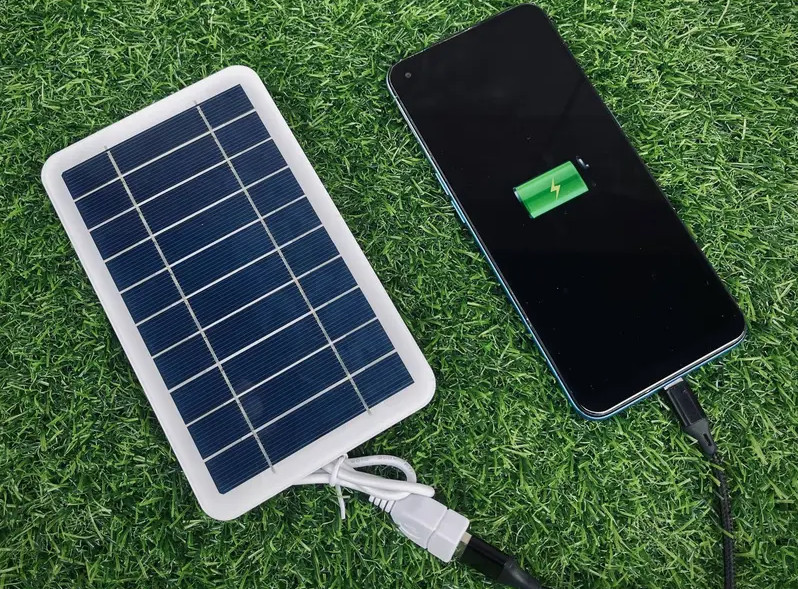
Friendly Green Technology for Renters
In recent years, the market for portable, renter-friendly green technologies has grown rapidly and has options that greatly assist sustainable temperature control without requiring any permanent installation.
Portable solar solutions today go beyond little gadget chargers. Without permanent mounting, Balcony solar panel kits produce limited amounts of electricity which connects to specialist batteries running small appliances or augmenting grid power during peak hours. Operating totally off-grid, solar-powered ventilation fans sit in windows without installation and remove hot air. Solar-powered path lights and decorative lighting lower energy use and improve atmosphere for renters with outdoor areas.
Using non-permanent solutions, smart house technology has evolved to meet the needs of renters. Placed all over your house, wireless temperature sensors interact with smart phone apps to find hot and cold areas that can point to air leakage or insulation issues. Energy-monitoring smart plugs track specific appliance power consumption, thereby enabling target energy hogs. Voice-activated systems combine with portable heaters, fans, and lighting to automatically save energy without changing current systems.
Especially in dry climates, portable evaporative coolers provide effective substitutes for energy-intensive air conditioners for cooling needs. These machines run up to 75% less electricity than conventional air conditioners by using the natural cooling effect of evaporating water. Though they need a means of exterior venting, portable heat pump air conditioners offer more effective cooling than conventional ones.
The pinnacle of focused temperature control are personal comfort gadgets. In heated surroundings, cooling neck bands, wrist coolers, and personal fans offer relief without cooling large spaces. Heated throws and small infrared foot warmers keep comfort in particular regions in winter, therefore enabling lower overall room temperatures.
When deciding on portable technology investments, figure the return on investment over your projected rental period. Although a $200 energy-efficient portable heater would appear costly, it pays for itself in less than two heating seasons if it saves $15 monthly in electricity and lets you cut total heating. More crucially, portable equipment move with you to future rentals, therefore extending their value, unlike built-in enhancements that remain with the property.
The fast innovation in this field results in often available fresh ideas. Following green technology blogs, signing up for environmental newsletters, or joining renter-oriented social media groups will help you keep updated about innovative ideas specifically for non-homeowners. Many of these groups also plan collective purchases that, by volume buying, help to lower prices.
Renters can keep the flexibility that rental living offers while enjoying many of the advantages usually afforded to homeowners by making calculated investments in portable green technologies.
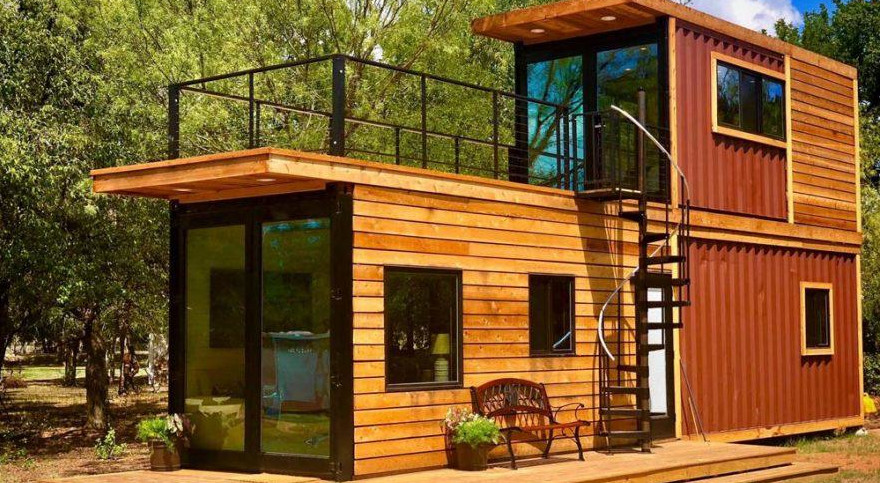
Finally,
Establishing an eco-friendly, temperature-regulated rental is more than just environmental idealism; it’s a sensible strategy that improves comfort, safeguards your lease agreement, lowers costs, and protects health. The techniques described in this book show how much tenants can affect their living surroundings without landlord disputes or permanent changes.
Combining weatherproofing essentials, smart behavioral changes, strategic use of portable gadgets, and careful landlord communication delivers more than any one solution could produce. These methods build upon one another to provide complete answers fit for your particular renting circumstances.
The advantages go beyond only quick comfort and financial savings. Your acquired skills and knowledge apply to any future residence. Portable tools and flexible behaviors follow you to create environmentally friendly habits outside of specific areas. Many tenants discover that once they enjoy the gains in comfort, air quality, and lower utility costs, they automatically apply these strategies to their way of life wherever they dwell.
Most crucially, these approaches link renters to the burgeoning movement for housing sustainability. Renters help to change perceptions about energy use and comfort in rental properties by proving that environmentally conscientious living isn’t limited to homeowners. Eventually, this group effort affects the rental market by motivating landlords to value and make investments in energy-efficient buildings.
Your efforts to provide sustainable comfort in your rental help to further more general environmental aims while simultaneously enhancing your immediate living conditions as climate issues become ever more critical. The core of practical environmentalism—making decisions that simultaneously improve your quality of life and lower resource consumption—is this alignment of personal gain with planetary health.
Start today with one easy modification and then build on that success. Your rental should be a cozy, quick house that promotes your ideals and welfare.
ARTICLE SUMMARY
Click HERE to launch a popup containing a summaty of this article.